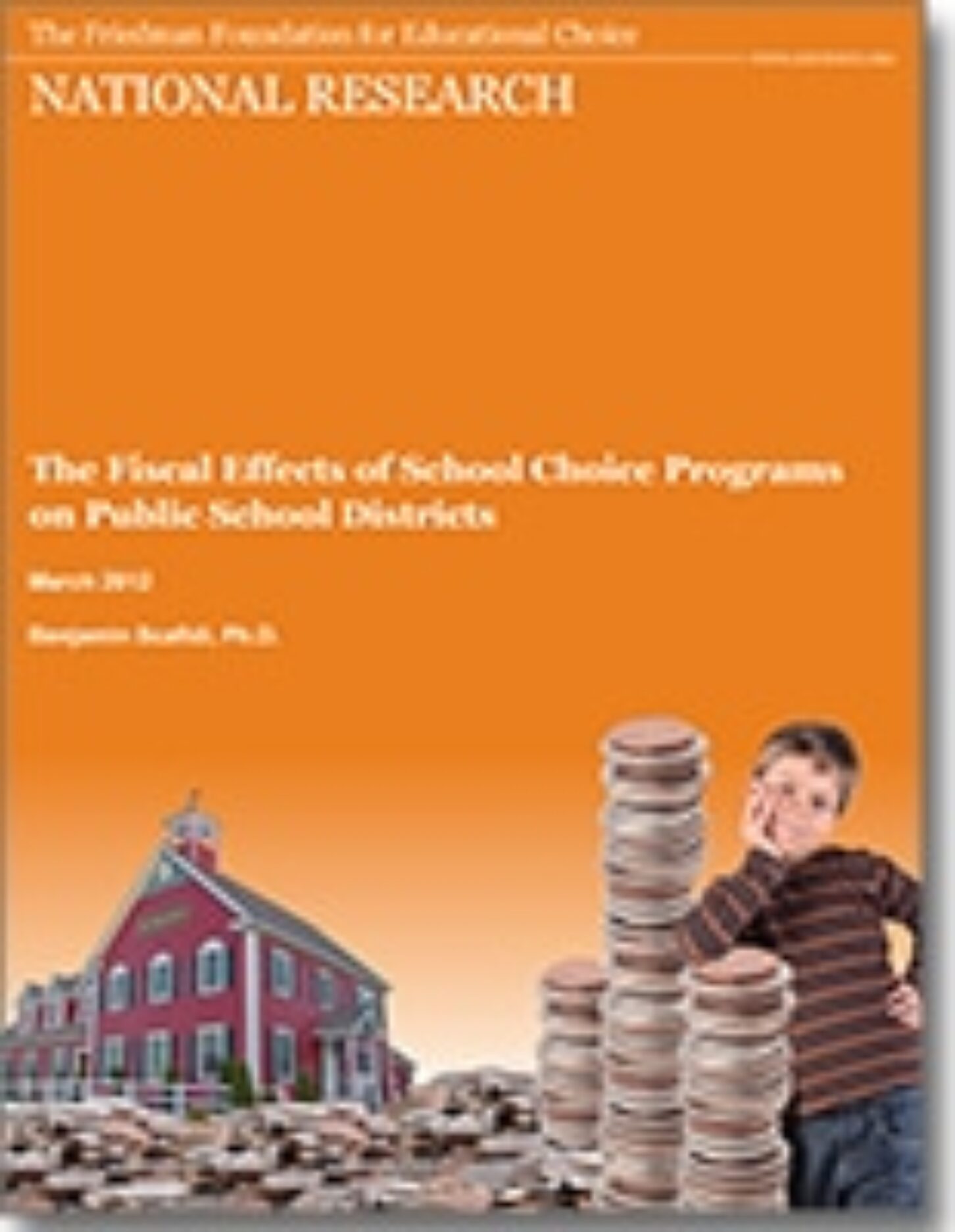
By Mike Klein

This summer and fall you will repeatedly hear that approving a charter schools constitutional amendment would steal resources from traditional Georgia public schools. The idea is that when any money follows a student to a charter school the students left behind somehow suffer.
This argument seems to apply only when students move to charter schools. You never hear public school systems, their superintendents or school board members complain when students move from one public school system to another. Apparently financial harm is a one-way street.
The premise that students moving to charter schools will cause financial quakes in traditional school systems also suggests we should accept another premise that public school systems are so inflexible they cannot adjust their fixed and variable costs and still produce quality learning.
For instance, is teacher employment a fixed or variable cost? It is a fixed cost if you believe the school district cannot or will not adjust how many instructors it needs based on enrollment. It is a variable cost if you believe teachers should increase or decrease based on enrollment.
A new report released nationally by the Friedman Foundation for Educational Choice challenges the concept that public school costs are so fixed that they cannot be adjusted up or down. “The Fiscal Effects of School Choice Programs on Public School Districts” breaks down fixed and variable costs for an average public school system in all 50 states and the District of Columbia.

“If it is true that virtually all costs are fixed then when public schools add students they shouldn’t get extra money because their costs are fixed,” said author Benjamin Scafidi, who is director of the Economics of Education Policy Center at Georgia College & State University.
“I’ve never heard a public school leader say that their costs don’t go up when they add students so they can’t have it both ways, logically. Before this report they did have it both ways.”
Scafidi used 2008-09 federal data from every state to analyze short-run fixed and variable costs. The report lists capital expenditures, interest, administration, operations, maintenance and transportation among short-run fixed costs. Instruction, instructional support, other student support, enterprise operations and food service were placed in the variable cost category.
“The proper way to think about this issue is not whether public school districts have in the past reduced costs when students in large numbers left the district for any reason,” the report says. “The issue is whether they are able to do so.” Any reason is not limited to school choice. It can include economic downturns, such as a major employer moving away from the region.
Scafidi concluded almost two-thirds of public school expense is variable that districts should be able to adjust based on enrollment. In Georgia, he found $11,468 average per pupil cost is almost two-thirds variable ($7,507) and the remainder is fixed ($3,961).
 The report asks, “If a significant number of students left a public school district for any reason from one year to the next, is it feasible for the district to reduce the costs of these items commensurate with the decrease in its student population?” Scafidi concluded the answer is, yes, for large and small school districts. He used four Georgia school systems to illustrate.
The report asks, “If a significant number of students left a public school district for any reason from one year to the next, is it feasible for the district to reduce the costs of these items commensurate with the decrease in its student population?” Scafidi concluded the answer is, yes, for large and small school districts. He used four Georgia school systems to illustrate.
Atlanta Public Schools reduced teaching staff 6.84% between 2004 and 2010 when the student population declined a similar percentage from 51,315 to 47,944 students. The report notes that the number of administrators increased 19.7% from 395 to 471. This example shows that a large district over time can adjust the variable cost associated with employing teachers.
But can the same be said for a small school district? Wheeler County experienced a 12.1% student population decline between 2004 and 2010 and was able to reduce its teacher staff by 15.6%. Hancock County enrollment dropped 5.3% from 2009 to 2010; the district was flexible enough that it was able to reduce the number of teachers 8.8% and administrators by 18.8%.
“In the first few years of a school choice program in Georgia I think you want to keep the amount of money that follows the child below $7,507 because it is difficult for public schools to reduce their costs more than that when a student leaves,” Scafidi said. “That is the main takeaway.”
The report focuses almost entirely on financial analysis but it does offer this teaching point:
“As public schools lose students via school choice or for any other reason, they have a tremendous opportunity to improve the quality of their schools. When students leave, schools can lay off the least effective teachers. The students who remain would be reallocated to more effective teachers and their academic achievement would increase significantly.”
(The author Benjamin Scafidi is also former chair of the Georgia Charter Schools Commission and he is a Senior Fellow for Education Policy at the Georgia Public Policy Foundation.)
